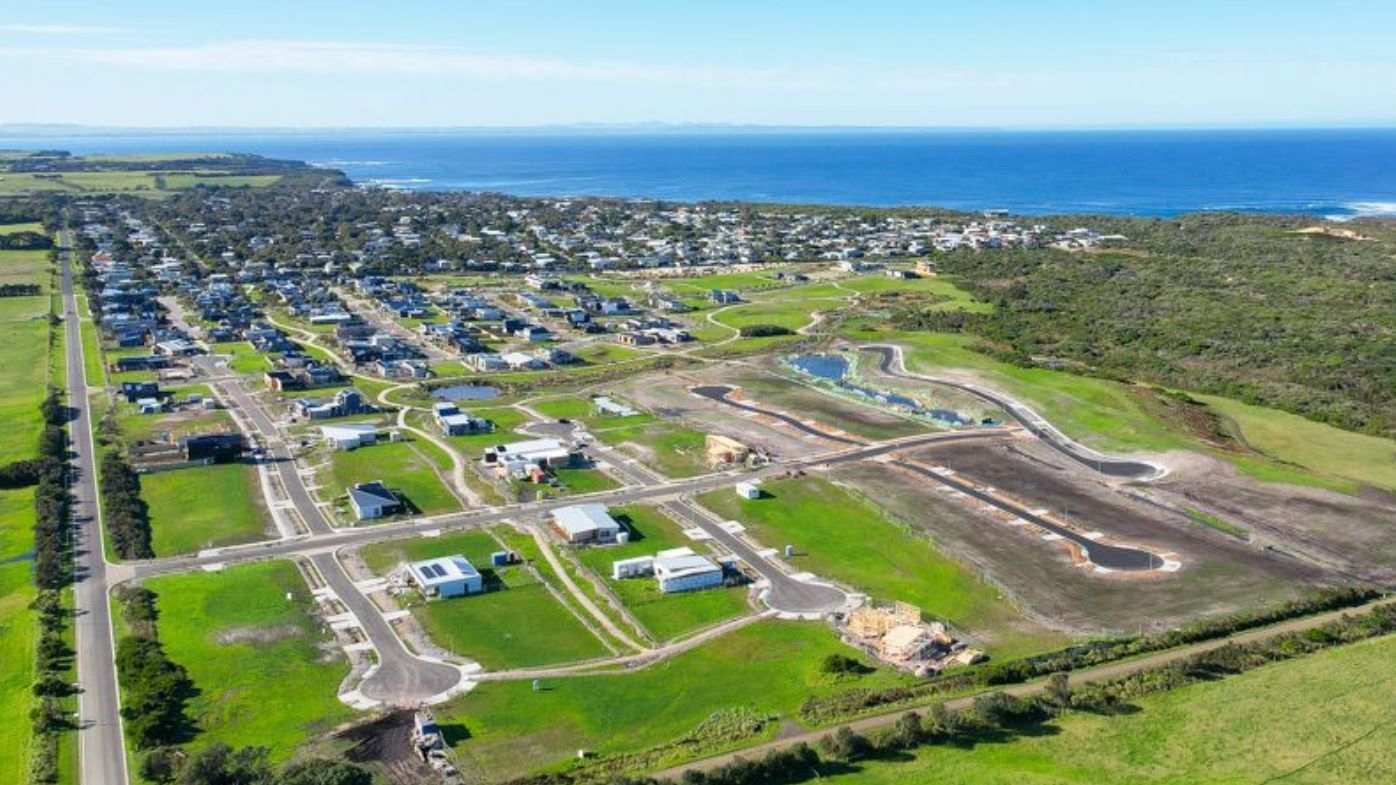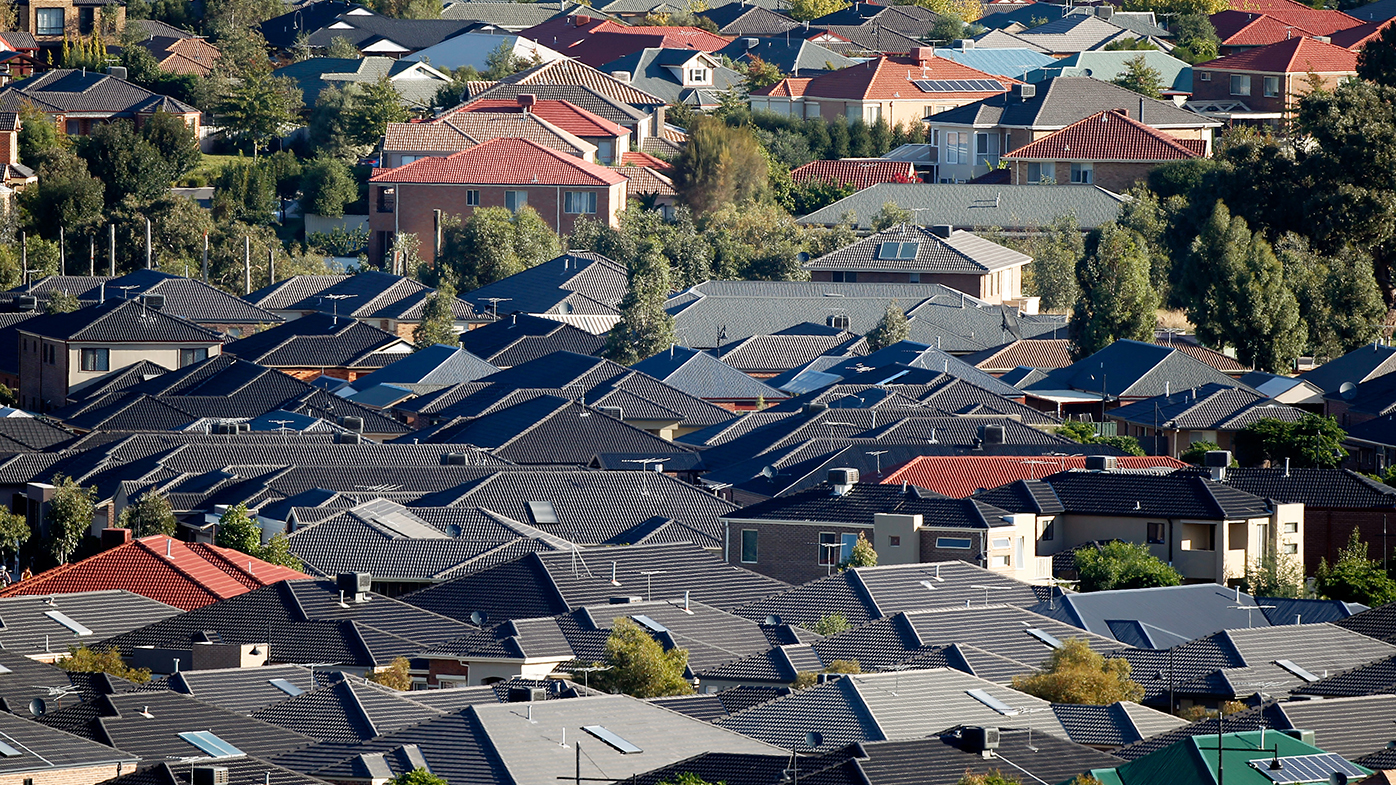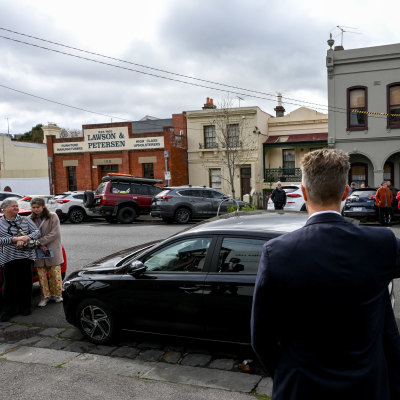Aussie land prices: A patch of dirt has never been more expensive

House and land packages have long been a happy way for young families to own their own home.
However, buying a patch of dirt has never been more expensive.
Research reveals cities around Australia are notching record prices for a block of land in a new housing estate, as some families pay six-figures more compared to 12 months ago.
The median price for residential lots in so-called greenfield markets has risen the most in Brisbane over the year, data by real estate group Oliver Hume shows in its Quarterly Market Insights report.

The “resilient” Queensland market – especially the south-eastern pocket – has been stoked by high levels of interstate migration, the report explained. More stock has been made available to meet the appetite.
Brisbane’s median lot price has rocketed 107.7 per cent over 12 months, to clock in at $725,000. A lot in Ipswich now costs $324,500, Oliver Hume found, up 41.1 per cent over the year from $229,950.
Adelaide has broken the $200,000 price barrier for a new land lot for the first time.
The median of $205,000 is a rise of 8.5 per cent over 12 months, reflecting pressure on the broader property market (Adelaide has registered the greatest price growth of any capital city for established homes, Domain data shows).
Oliver Hume found the number of sales in Adelaide’s greenfield markets are above the long-term average, due to its affordability compared to other capital cities.

Lot prices in Victoria reached a new benchmark of $379,000 – an increase of 17 over over the past year, the data shows. The red-hot market of Geelong experienced some of the stiffest price rises.
In Geelong, a lot in a masterplanned community costs $93,233 more than 12 month ago, jumping from $299,767 to $382,000.
The City of Casey council region, covering the south-eastern suburbs of Victoria, experienced the smallest margin of growth, up $44,167 over 12 months to a new lot median of $464,000.
Hiking interest rates continue to be a driving force in Australia’s greenfield estate markets, where new suburbs emerge, Oliver Hume found.
The report also pointed to record-low unemployment, the overall slowdown of established housing prices, inflation, supply chain and construction hurdles and the housing shortage as other contributing factors.
We recommend
We thought you might like
States
Capital Cities
Capital Cities - Rentals
Popular Areas
Allhomes
More

/http%3A%2F%2Fprod.static9.net.au%2Ffs%2F91900d82-6bf2-4d6b-adb8-c16336e7eeba)








